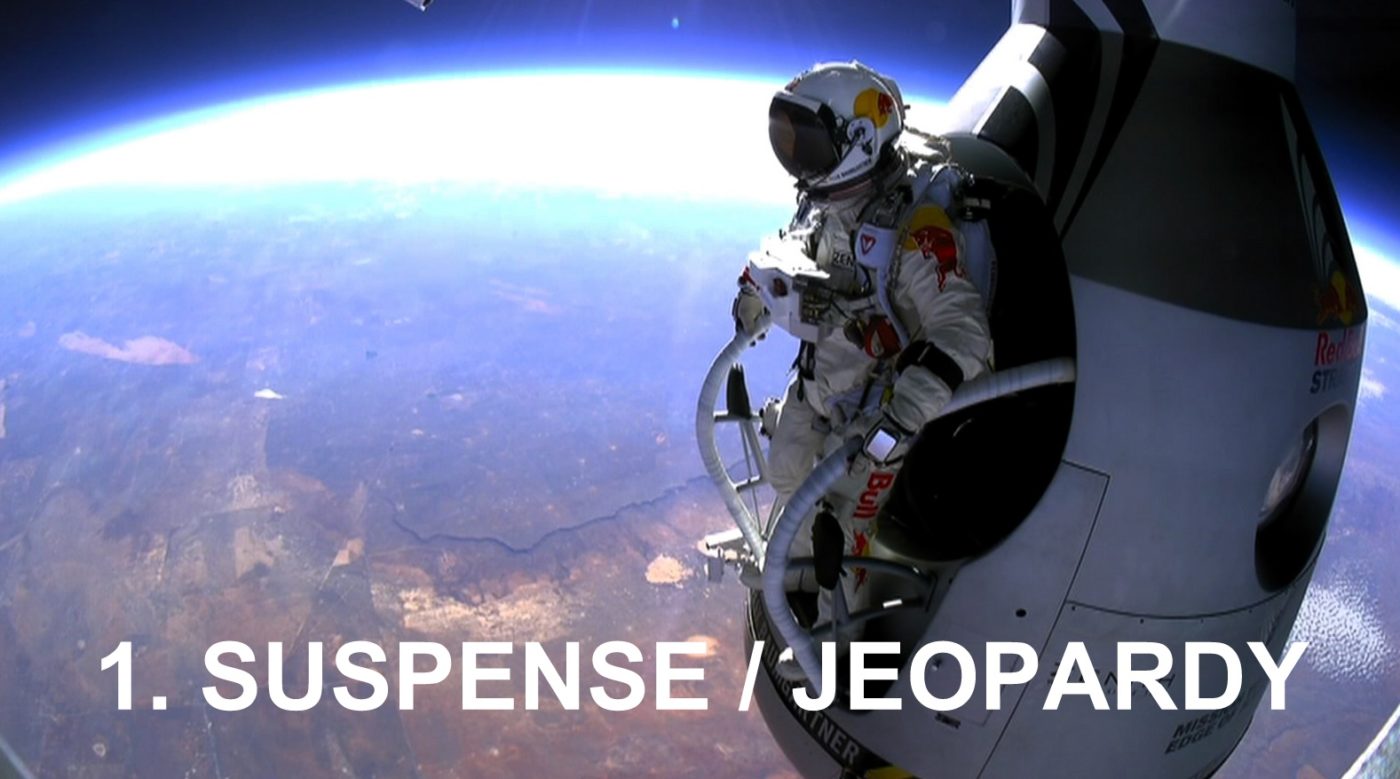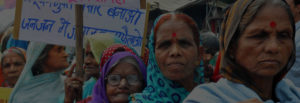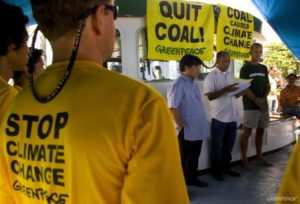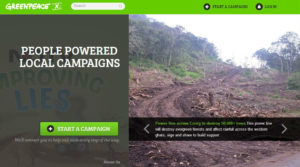Here at Greenpeace we have a long tradition of organizing non-violent direct actions that generate attention for issues. These actions are designed to inspire others to act in meaningful ways in their community and, increasingly, online.
A group of digital campaigners from around the globe gathered at this year’s Greenpeace Digital Mobilisation Skillshare to share notes on how to mobilise people to take action in response to real world events.
Our colleagues from Greenpeace UK, James Sadri and Peter Speller, facilitated the conversation and were kind enough to pull together a gorgeous presentation of the group’s findings. Here are the highlights:
1. Suspense & Jeopardy
An uncertain outcome creates questions that the reader wants to answer. Don’t just bring people in at the end – develop a story in real time.
2. Personal Stories
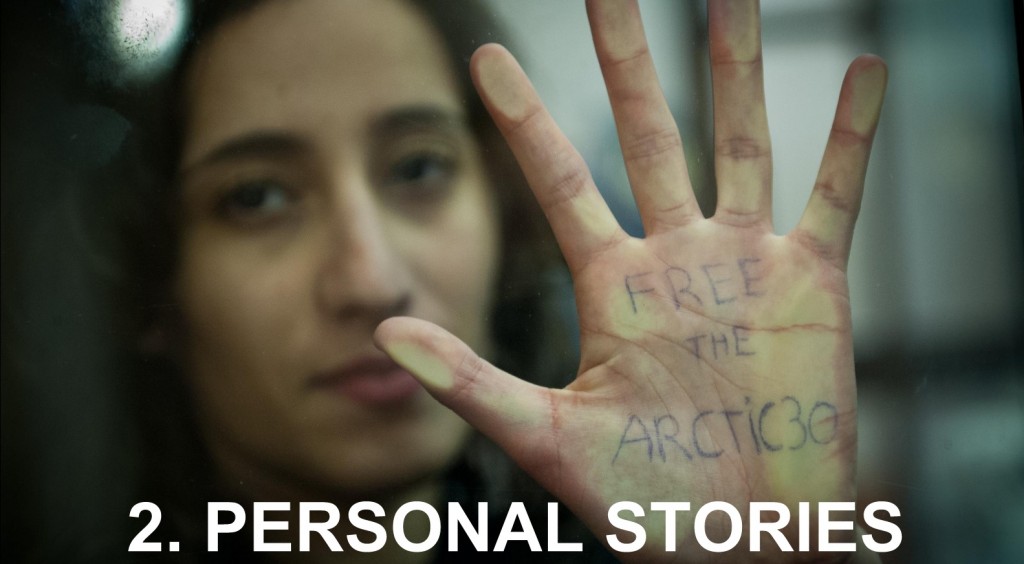
Your activists, leaders, volunteers and others taking action are real people with beliefs, experiences and individual stories that make them not so different from the reader. The Arctic 30 campaign shared letters from jailed activists as well as their friends and family.
3. Interact – Make it Collective
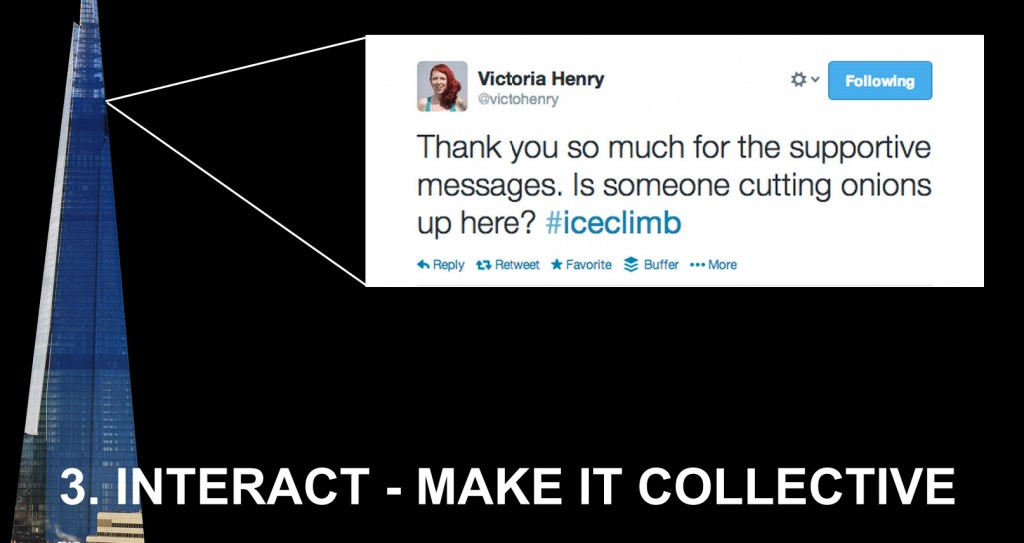
Make the audience a key part of the story. Don’t just tell them what happened or even what’s happening as it occurs – let them send (and receive) messages to activists. Create solidarity between activists and individuals.
4. Develop the Story
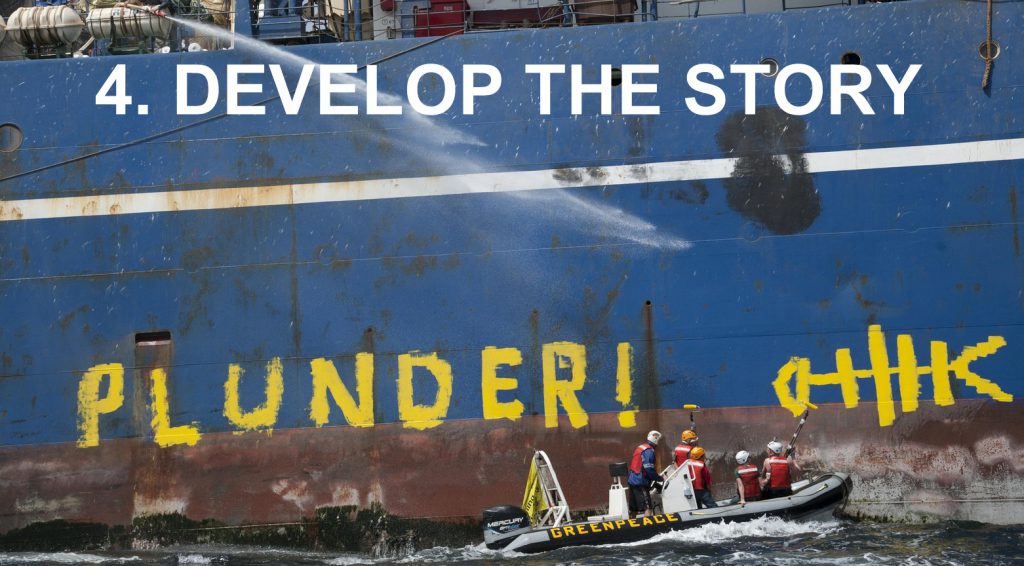
Similar to creating suspense: establish milestones along the way and create actions that keep the story moving forward.
5. Make it Long
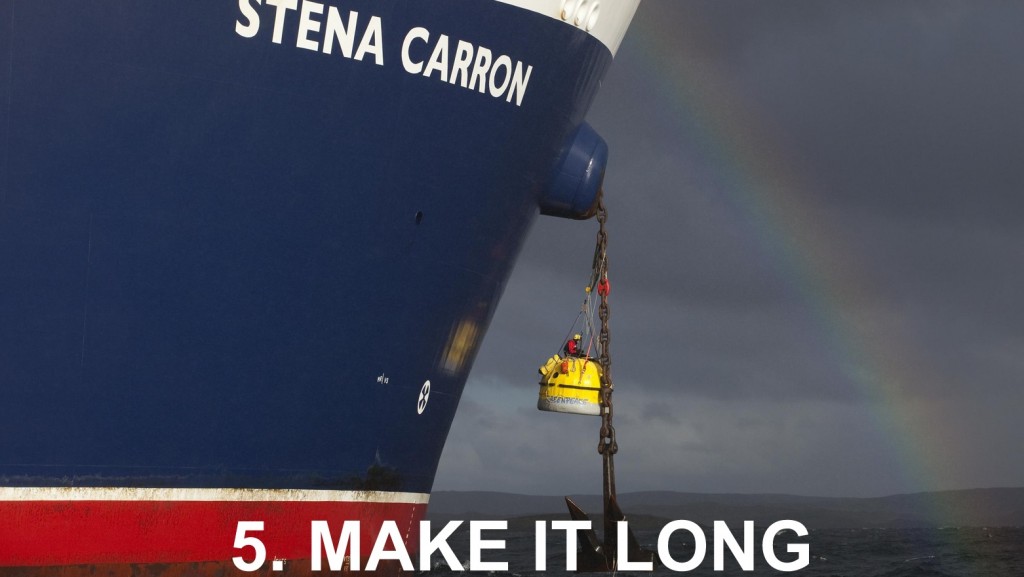
We may live in a hyper-connected world with a 24/7 news cycle but it still takes time for people to find and engage in stories. Plan to sustain a story in order to boost its exposure.
What Didn’t Make the Top 5?

Why is the kitty sad? Check out the full presentation to find out what didn’t make our participant’s list.
Related Posts
Categories:
organising, mobilising and engagement